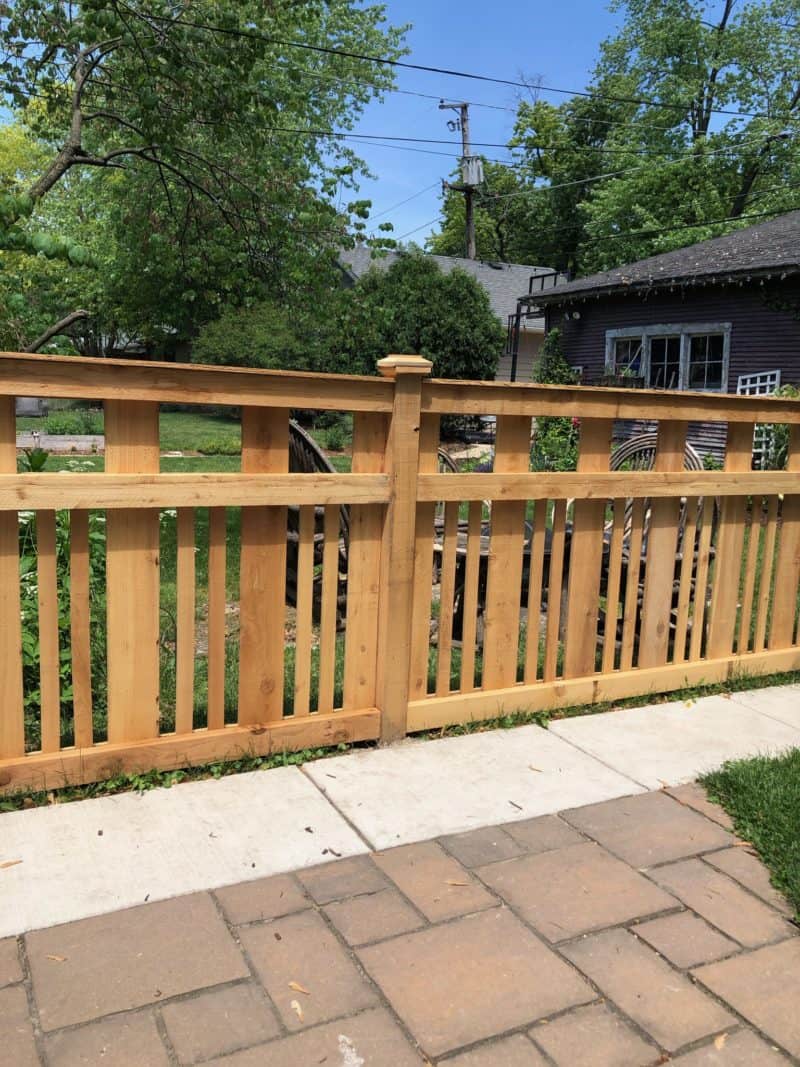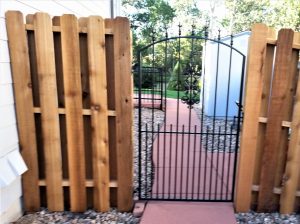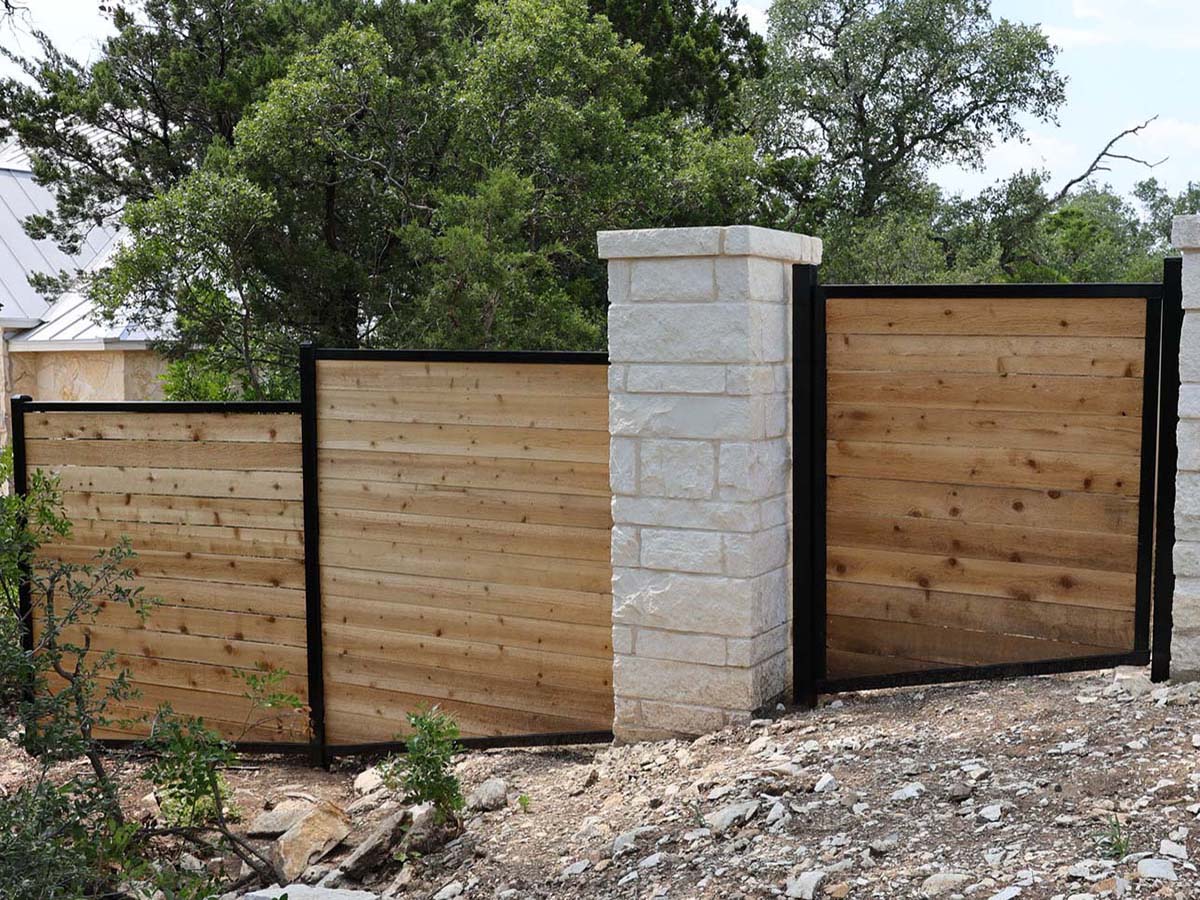All Categories
Featured

As sustainability becomes an expanding priority for companies and homeowners, the demand for environmentally friendly structure materials encompasses exterior spaces, consisting of fences. Traditional fencing products such as steel, plastic, and wood can have considerable ecological influences, from deforestation to chemical therapies and plastic waste. However, there are numerous environment-friendly fencing choices readily available that not only decrease the carbon impact but additionally offer toughness and aesthetic charm. Allow's explore several of the most sustainable and prominent fence products that can assist you go green while still improving your residential property's style, privacy, and protection.
- Bamboo Fence. Bamboo is among one of the most lasting products on the marketplace, and it is significantly utilized in fence building because of its quick growth and toughness. Unlike wood trees, bamboo is a turf that can expand back completely within just a few years, making it extremely renewable. It's naturally resistant to insects and rot, which indicates it does not call for harsh chemicals or treatments, making it a green choice.

Perks: Bamboo fences are long lasting, low-maintenance, and naturally degradable. They are naturally immune to termites and moisture, decreasing the demand for chemical preservatives. Additionally, bamboo helps in reducing dirt erosion due to its deep root systems. Considerations: Bamboo can be much more costly than some standard timber fence options, and it may not appropriate for areas with severe cold or freezing temperatures, as it can end up being fragile gradually. 2. Recycled Products Fence. Fencing made from recycled products is an amazing method to promote sustainability. Many suppliers now supply fences made from post-consumer plastic, recycled wood, or perhaps repurposed metal. By choosing fence made from recycled materials, you reduce the demand for brand-new sources and aid protect against waste from winding up in garbage dumps. Lots of composite products, as an example, are made from recycled plastic bottles, timber scraps, and various other materials that would or else be disposed of.
Advantages: Recycled material fences assist preserve natural deposits, reduce air pollution, and lower the environmental influence of the production process. They can additionally provide outstanding toughness, withstanding degeneration, mold, and termites. Considerations: While recycled product fencings are green and very sturdy, they might not have the same all-natural aesthetic that some house owners seek. Suppliers currently use layouts that resemble the look of wood or rock. 3. Compound Fence. Composite fence is made from a blend of wood fibers and plastic, commonly including recycled products. This mix creates an extremely resilient, low-maintenance fencing that does not call for regular painting or staining, making it a sustainable option. Compound fences are resistant to rot, insects, and weathering, which suggests they can last for years without the requirement for frequent replacements.

Benefits: Composite fences are resilient and can endure severe climate problems, reducing the need for fixings or replacements. Considering that composite materials typically consist of recycled content, they help minimize plastic waste. Furthermore, they do not need unsafe chemicals or therapies. Factors to consider: Composite fences can have a higher ahead of time expense than traditional wood or vinyl, though their toughness and lowered maintenance costs often make them a more cost-efficient alternative in the lengthy run. 4. Living Fencings. Living fencings, additionally referred to as hedgerows, are an environmentally friendly and cosmetically pleasing alternative that includes growing thick shrubs, trees, or climbing plants along your property line to produce a natural obstacle. Popular plants for living fences consist of boxwood, privet, and holly. These plants can be expanded to offer privacy, windbreaks, and noise reduction while adding to ecological health and wellness.
Conveniences: Living fences advertise biodiversity, improve air high quality, and take in co2, making them one of one of the most eco-friendly fencing options. They also give a natural environment for birds and pests and can decrease sound contamination and assist manage temperatures in your backyard. Factors to consider: Living fences call for normal upkeep, such as trimming, watering, and in some cases pest control. They also take time to develop and may not offer instant personal privacy contrasted to strong wood or vinyl fences. 5. Cedar and Redwood Fencing. Cedar and redwood are preferred all-natural timber alternatives for fencings. These products are normally immune and resilient to rot, bugs, and moisture, which implies they usually do not call for using damaging chemical therapies. When sourced from sustainably handled forests, cedar and redwood fences can be an eco-friendly selection that provides both beauty and longevity.
Benefits: These timbers are biodegradable, eco-friendly, and offer exceptional sturdiness and all-natural appeal. Cedar and redwood also have a lower environmental effect when collected responsibly, making them an environmentally friendly selection for many property owners. Factors to consider: While cedar and redwood fences have ecological advantages, they do still call for occasional maintenance and are more expensive than other wood alternatives. It is essential to guarantee that the timber is sourced from sustainable woodlands to optimize its environmental benefits. 6. Stone and Brick Fencing (Redeemed) Stone and brick fencings are extremely sturdy and low-maintenance, and they can be green when made from redeemed materials. Recovered rock and block are often recovered from old buildings or construction projects, reducing waste and preserving natural deposits. These materials use a classic appearance and are extremely immune to weathering, making them a lasting service for secure fencing.
Advantages: Recovered stone and brick are durable, aesthetically pleasing, and require very little upkeep. By repurposing these materials, you help in reducing the demand for brand-new resources and lower waste in land fills. Factors to consider: The installment of rock and brick fences can be labor-intensive and a lot more expensive compared to various other materials, but their long life and reduced maintenance requirements can make them cost-efficient in the future. Conclusion. Environment-friendly fence options are not only helpful for the environment however also provide toughness, reduced maintenance, and visual allure. Whether you go with bamboo, recycled materials, composite fencing, living fencings, or sustainable timber like cedar and redwood, there are numerous means to lower your ecological impact while improving your residential or commercial property's look. By choosing these eco-conscious materials, you can add to a healthier planet and produce an outside room that shows your values.
Latest Posts
Don’t Miss Special Auto Repair Specials in Chicago at Montclare Auto Repair
Published May 25, 25
1 min read
Safeguard Your Investment with Professional Gutter Installment
Published May 22, 25
1 min read
Discover the Storied Past of Deauville Inn: From Speakeasy to Seafood Haven
Published May 20, 25
2 min read
More
Latest Posts
Don’t Miss Special Auto Repair Specials in Chicago at Montclare Auto Repair
Published May 25, 25
1 min read
Safeguard Your Investment with Professional Gutter Installment
Published May 22, 25
1 min read
Discover the Storied Past of Deauville Inn: From Speakeasy to Seafood Haven
Published May 20, 25
2 min read